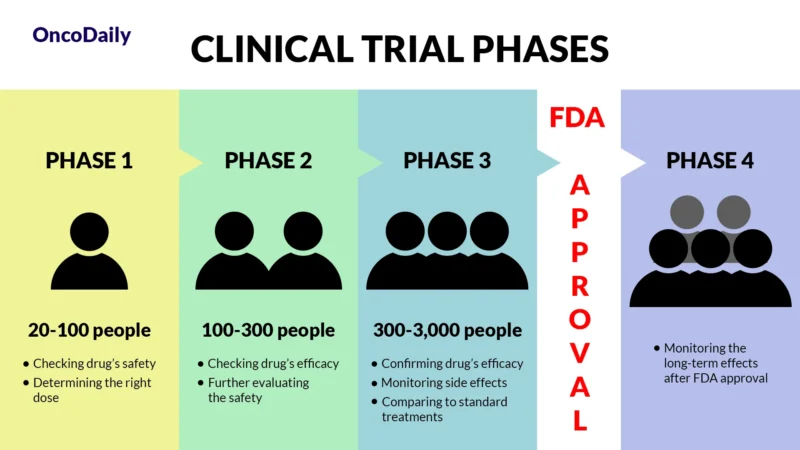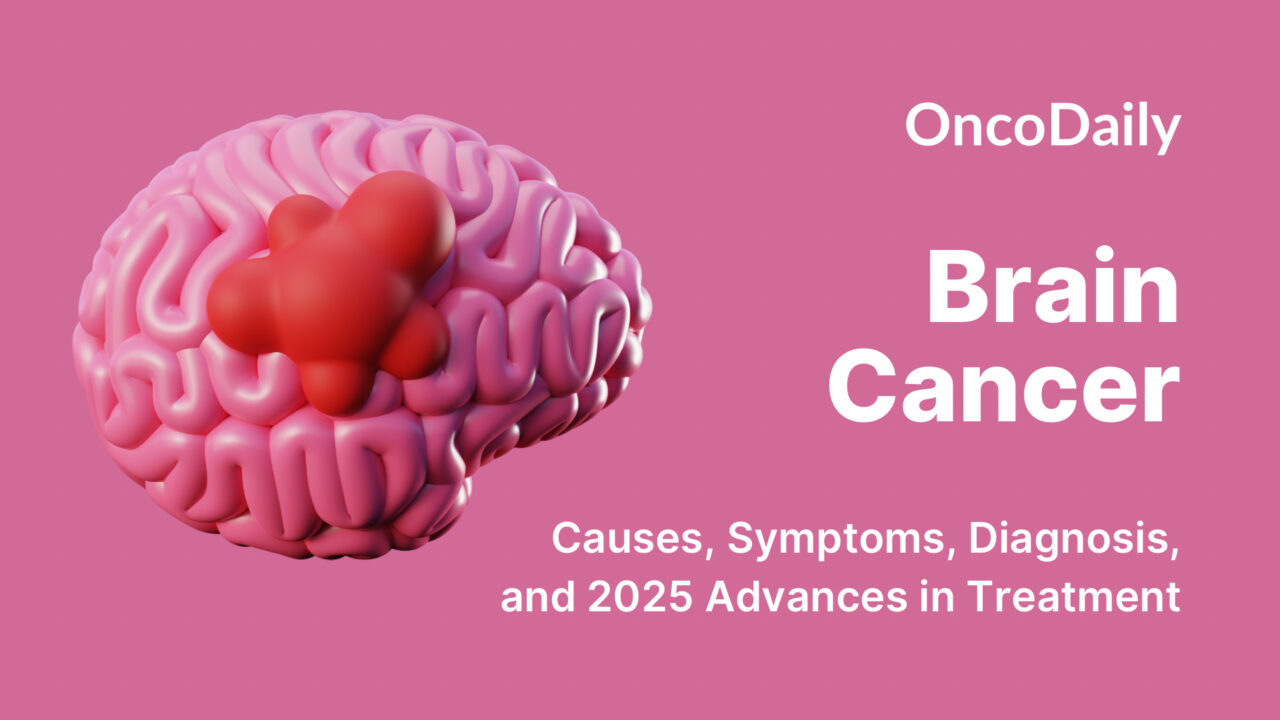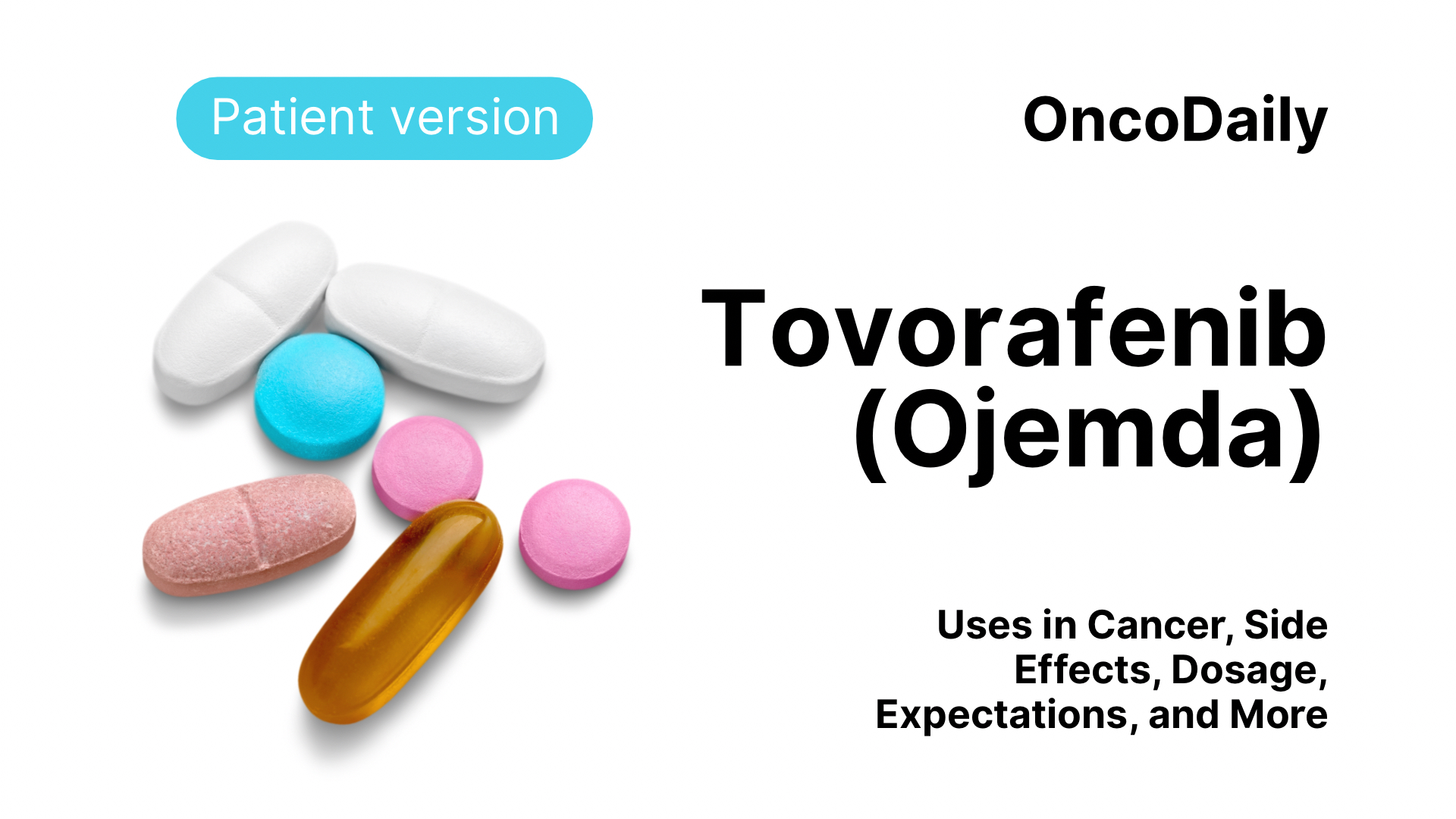Tovorafenib is a targeted cancer therapy approved by the U.S. FDA in April 2024 for treating children aged six months and older with certain types of brain tumors. Specifically, it is used for pediatric low-grade glioma (pLGG) that carries BRAF gene alterations. This approval offers a new option for children with relapsed or refractory pLGG, especially those who haven’t responded to other treatments.
What Is Tovorafenib and How Does It Work?
Tovorafenib, marketed under the brand name Ojemda, is a targeted cancer treatment designed to block certain proteins in the body—ARAF, BRAF, and CRAF—that are involved in the growth and survival of cancer cells. These proteins are part of a signaling pathway in the body called the MAPK pathway. In some cancers, this pathway is overactive due to mutations like BRAF fusions or BRAF V600 mutations, causing cells to grow uncontrollably.
One of the key benefits of Tovorafenib is its ability to cross the blood-brain barrier, which allows it to target tumors in the brain and central nervous system. Many cancer drugs have difficulty reaching the brain, but Tovorafenib can, making it a potentially powerful option for cancers in this area. Unlike some other cancer treatments that need to be combined with other medications, Tovorafenib has shown strong results on its own, offering a simpler and effective option for patients with specific genetic mutations driving their cancer.
What Cancers Does Tovorafenib Treat?
Tovorafenib is approved for treating pediatric low-grade glioma (pLGG) that is caused by BRAF fusions, rearrangements, or BRAF V600 mutations. This approval was based on promising clinical trial results showing that Tovorafenib can significantly shrink tumors in children with this specific genetic alteration.
What Is a Clinical Trial and Why Does It Matter?
A clinical trial is a research study designed to test new drugs and treatments in patients to determine their safety and effectiveness. Before Tovorafenib was approved, it went through multiple phases of clinical trials to assess how well it worked, what side effects it caused, and whether it was better than existing treatments. Clinical trials are essential because they provide scientific evidence that a drug can help patients while ensuring it is safe for widespread use.

What Does FDA Approval Mean?
When a drug receives FDA approval, it means that after rigorous testing in clinical trials, it has been shown to be both safe and effective for treating a specific condition. This approval makes the drug widely available for doctors to prescribe and helps patients access new, cutting-edge treatments sooner.
Efficacy and Results from Clinical Trials
Tovorafenib (Ojemda) was approved based on the FIREFLY-1 trial, which tested the drug in 76 children with low-grade glioma (LGG) that had BRAF mutations or fusions. The trial showed that 51% of patients responded to the treatment. A partial response means the tumor shrank by at least 30%, while a minor response means a smaller decrease. In this study, 36.8% of patients had a partial response, and 14.5% had a minor response. The median duration of response (DoR) was 13.8 months, meaning that for half of the patients, the benefits lasted at least that long.
In addition, 57% of patients had stable disease, meaning their tumor didn’t grow or shrink for at least 12 months. 82% of patients saw some tumor shrinkage, with a 45% average reduction in tumor size. Responses were seen as early as 6 weeks for 46% of patients.
Common side effects included rash, fatigue, hair color changes, vomiting, headache, fever, dry skin, and upper respiratory infections. Serious side effects were rare.
What Other Trials Are Ongoing?
Tovorafenib (Ojemda) is currently being studied in several clinical trials to see if it can help patients with other rare or hard-to-treat cancers. These trials are testing the drug in new settings and combinations to expand its potential uses. One trial, NCT06965114, is testing Tovorafenib in combination with rituximab for patients with relapsed or refractory classical hairy cell leukemia, a rare type of blood cancer.
The VICTORY study (NCT05782144) is evaluating Tovorafenib together with vinblastine in children with low-grade gliomas that carry specific RAF gene alterations. Another important study, NCT05828069, is a Phase 2 trial assessing Tovorafenib in patients with progressive or relapsed Langerhans cell histiocytosis, a rare disease that causes inflammation in various parts of the body.
These ongoing studies are crucial in helping researchers understand how Tovorafenib may benefit more patients, especially when used in combination with other treatments.

You can read about Brain Cancer: Causes, Symptoms, Diagnosis, and 2025 Advances in Treatment on OncoDaily.
Recommended Dosage and Administration of Tovorafenib
Tovorafenib is a medication used to treat certain types of brain cancer in children and young adults. It comes in two forms: a 100 mg tablet and a liquid suspension. The recommended starting dose is 380 mg/m² once a week, and it should not exceed 600 mg per week. Treatment continues until the disease worsens or side effects become too difficult to manage.
Before starting treatment, doctors will test for certain gene changes and check liver function, especially in girls who could become pregnant.
Tovorafenib can be taken as a pill or a liquid. If you take the pill, swallow it whole with water. If you use the liquid, it needs to be mixed with water before use. Any leftover liquid should be thrown away after 15 minutes. If you miss a dose and it’s within three days, take it as soon as you remember. If it’s been more than three days, just skip it and wait for the next dose. Store the pills and liquid at room temperature and throw away any unused liquid after use.
Tovorafenib Side Effects and Management
Tovorafenib is a targeted treatment for children with relapsed or refractory low-grade glioma (pLGG) caused by BRAF mutations. While it can be very effective, it may cause side effects, some of which are common and others that are rarer but more serious.
Common Side Effects
Many children will experience side effects, especially early on in treatment. The most common include:
- Skin rashes
- Hair color changes
- Fatigue and viral infections
- Vomiting, headaches, fever, dry skin, nausea, and acne-like skin reactions
- Upper respiratory infections (like colds)
These symptoms are often mild and can usually be managed with hydration, rest, and over-the-counter medications.
Less Common but Serious Side Effects
Some children may experience more serious effects, such as:
- Bleeding, including nosebleeds
- Liver issues, like elevated liver enzymes, requiring regular liver tests
- Growth delay, though growth usually resumes after stopping treatment
- Photosensitivity (sensitivity to sunlight) and acne-like skin rashes, needing sun protection
Blood tests may show low phosphate, anemia, or muscle irritation (elevated creatine phosphokinase), but these are often not felt by the patient.
Managing Side Effects
Most side effects of Tovorafenib can be managed with proper care. Skin rashes, for example, can be treated with creams or by seeing a dermatologist. If liver enzymes are elevated, dose adjustments or breaks in treatment may be necessary. It’s important to regularly monitor for any growth delays during treatment. Because Tovorafenib can make skin more sensitive to sunlight, using sun protection is essential. Additionally, for those of reproductive age, non-hormonal birth control is recommended to prevent potential harm to unborn babies. With good management and regular check-ups, most side effects can be controlled, allowing children to stay on track with their treatment.

How Tovorafenib Is Metabolized and Eliminated?
Tovorafenib is primarily metabolized by enzymes in the liver, including aldehyde oxidase and CYP2C8. After metabolism, the drug is gradually eliminated from the body. Its average half-life is about 56 hours, meaning it takes that long for half of the drug to be cleared. Most of the drug is excreted through the feces (approximately 65%, including 8.6% unchanged), while about 27% is eliminated through the urine (with only 0.2% unchanged).
What Should You Avoid During Treatment?
During treatment with Tovorafenib, patients should avoid prolonged sun exposure and use sunscreen to protect against photosensitivity. Women of reproductive age should use non-hormonal contraception to prevent pregnancy, as Tovorafenib may harm an unborn baby. Patients should also inform their healthcare provider of any other medications they are taking, as certain drugs can interfere with Tovorafenib’s effectiveness.
Real-Life Effectiveness of Tovorafenib
In real-world settings, Tovorafenib has shown promising results in treating pediatric low-grade glioma, with many children experiencing significant tumor shrinkage and clinical benefits. While side effects can occur, they are generally manageable, and the drug provides a valuable treatment option for children with limited choices.
Looking Ahead – The Future of Treatment
Tovorafenib is a promising treatment that is already making a difference for children with difficult-to-treat brain tumors. Ongoing research is expanding its use to other cancers, and the combination of Tovorafenib with other therapies may further enhance its effectiveness. As clinical trials continue, we can expect even more breakthroughs in cancer treatment, offering hope for patients with rare and hard-to-treat cancers.
In conclusion, Tovorafenib represents an exciting development in the treatment of pediatric low-grade glioma. By targeting specific genetic alterations in the MAPK pathway, it provides a targeted approach that can significantly improve outcomes for children with BRAF-driven brain tumors. With ongoing clinical trials and expanding indications, Tovorafenib may offer even greater benefits in the future.
If you’re a healthcare provider, access the professional version here.

